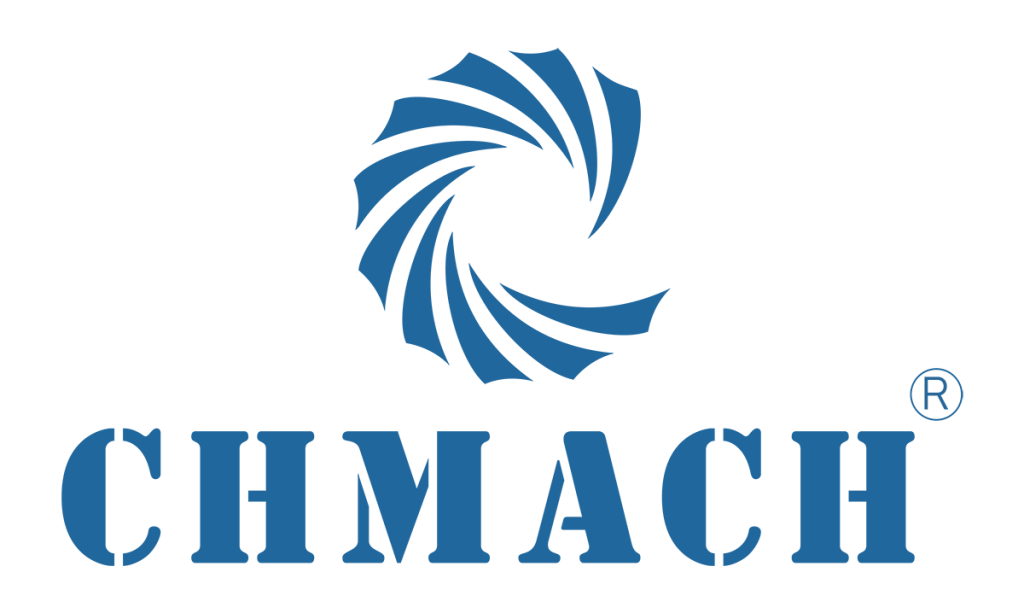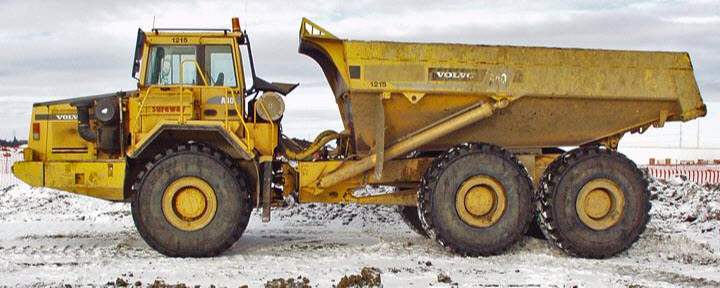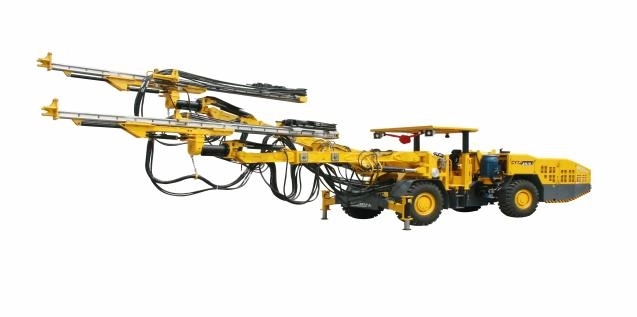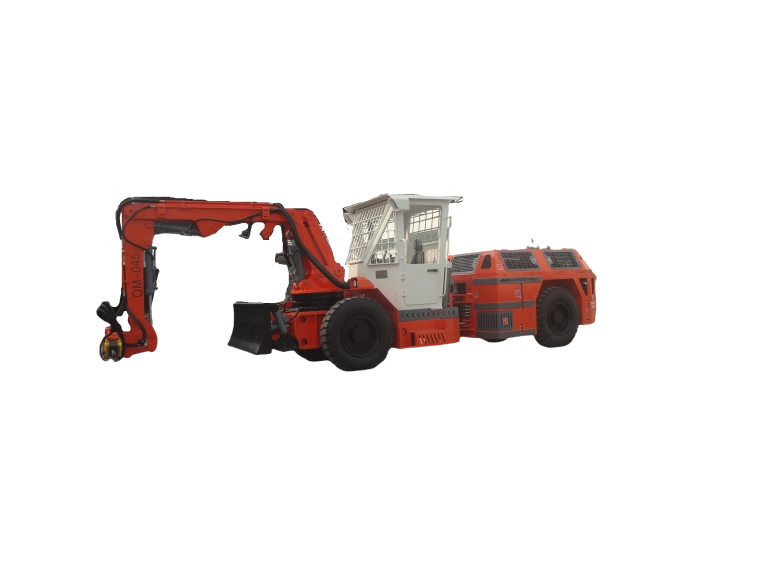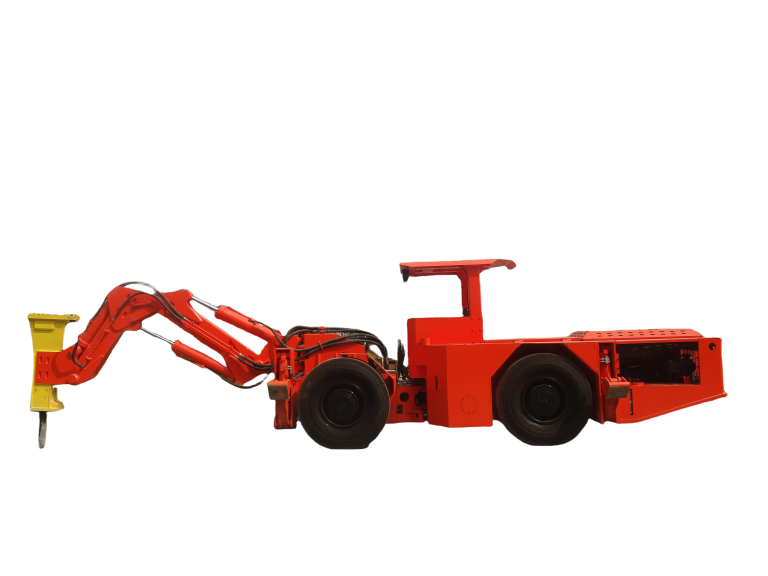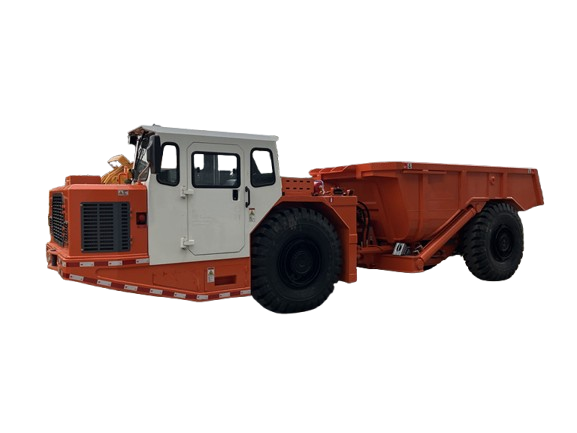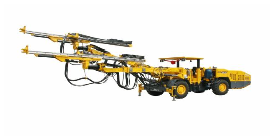En 2025, mina camiones debe equilibrar la carga útil, la eficacia y la seguridad para satisfacer las demandas de minería basadas en datos. Los motores avanzados, la tecnología de ahorro de energía y la integración inteligente de la flota redefinen la productividad en entornos difíciles. La resistencia, la comodidad del conductor y el apoyo de los proveedores son ahora métricas vitales para maximizar el ROI en las operaciones mineras.
¿Cuáles son las métricas de rendimiento básicas para evaluar en los camiones mineros de 2025?
A medida que las actividades mineras se vuelven más orientadas a los datos y centradas en la eficiencia, la selección del camión minero adecuado implica una comprensión profunda de sus métricas clave de rendimiento. Para 2025, compradores priorizan las capacidades que impactan directamente la producción, el ahorro de combustible y el cumplimiento.
Capacidad de carga útil y distribución de carga
Algunos diseños llevan enormes cantidades de mineral, carbón y otros materiales. Las cargas comienzan tan bajas como 40 toneladas pero alcanzan más de 400 toneladas. Esta enorme capacidad de carga reduce los tiempos de ciclo y aumenta la eficacia operativa general. La distribución adecuada de la carga garantiza la estabilidad en terreno áspero. También minimiza el desgaste en los sistemas de suspensión.
Potencia del motor y salida del par
Los camiones mineros deben funcionar de manera fiable en condiciones difíciles. Estos van desde pendientes agudas hasta largas distancias con cargas pesadas. Por lo tanto, la potencia del motor y el par son esenciales. Los motores diesel o eléctricos de alta potencia garantizan suficiente tracción y velocidad. Esto es cierto incluso en gradientes empinados.
Eficiencia de combustible y cumplimiento de las emisiones
La nueva generación de camiones mineros optimiza la energía producida al tiempo que minimiza el combustible consumido. Esto reduce los costos y cumple con normas ambientales cada vez más estrictas.
Yantai Chi Hong aborda estas preocupaciones de rendimiento. Ofrecen una gama de camiones mineros subterráneos como el CHUK-15 y CHUK-20Estos combinan una excelente capacidad de carga útil con un tamaño compacto para operaciones de venas estrechas. Estas unidades están construidas para un uso óptimo de combustible y transporte de alta velocidad. Manejan gradientes de hasta el 20%.
¿Cómo influye la tecnología de transmisión en la eficiencia de la minería?
Los sistemas modernos de transmisión van más allá de la movilidad básica. Determinan cuán bien funciona un camión en condiciones subterráneas impredecibles.
Avances en sistemas de tracción a todas las ruedas
Las configuraciones de tracción integral (AWD) aumentan la tracción en todos los neumáticos. Esto es especialmente vital en superficies deslizantes o desiguales comunes bajo tierra. AWD también mejora la estabilidad de frenado durante el descenso.
Tipos de transmisión y su impacto operativo
Las transmisiones disponen de engranajes de bajo rango para un control adecuado y una maniobra fácil, tanto en carreteras como en terrenos sin carreteras. Las transmisiones de cambio de potencia automatizadas reducen la fatiga del conductor. También mantienen una alta entrega de par bajo carga.
Control de tracción y adaptabilidad al terreno
Los sistemas avanzados de control de tracción ajustan dinámicamente el par de la rueda. Esto evita el deslizamiento. Es particularmente beneficioso en ambientes húmedos o barrosos. Mantener el agarre allí es crucial para la seguridad y la productividad.
Yantai Chi Hong integra los sistemas de transmisión de Dana en modelos. Esto garantiza la entrega de energía sensible y la adaptabilidad al suelo. Utiliza una configuración avanzada de conversor de par hidráulico.
¿Qué características de seguridad son esenciales para las operaciones mineras modernas?
La seguridad es primordial en entornos mineros. Esto se debe a espacios confinados, visión limitada e interacciones de maquinaria pesada.
Sistemas de prevención de colisiones y alertas de proximidad
Los sensores de proximidad y las alertas basadas en radar ayudan a prevenir accidentes. Alertan a los conductores de obstáculos cercanos o personal. Esto es fundamental en túneles de baja visibilidad.
Mejoras de visibilidad del operador
Las cabinas de seguridad aprobadas FOPS y ROPS ofrecen una visión superior. Esto garantiza que los conductores puedan monitorear claramente su entorno. Funciona incluso en condiciones de luz débil.
Sistemas de extinción de incendios y protocolos de emergencia
Los sistemas integrados de extinción de incendios detectan las oleadas de calor temprano. Liberan automáticamente agentes extintores. Los protocolos de evacuación de emergencia garantizan una evacuación rápida durante los incidentes.
Las cabinas cerradas de Yantai Chi Hong cumplen con los estándares ROPS/FOPS. Esto se aplica a modelos como el Scooptram CHWJ-3Ofrecen una mayor seguridad mediante sistemas de protección integrados en la estructura. Combinados con diseños ergonómicos, permiten salidas rápidas durante emergencias.
¿De qué manera está vinculada la comodidad del operador a la productividad?
La fatiga del conductor puede reducir drásticamente la potencia durante largos turnos. Por lo tanto, los elementos de comodidad son ahora una parte vital del diseño moderno de camiones mineros.
Diseño ergonómico de cabina y asientos
Las cabinas están climatizadas para mantener a los ocupantes cómodos. Incorporan asientos ajustables, controles intuitivos y asientos de suspensión amortiguadores de vibraciones. Esto minimiza la tensión del conductor.
Control climático y reducción de ruido
Las cabinas climatizadas mantienen temperaturas ideales. Esto ocurre independientemente del clima exterior. Las características de reducción de ruido hacen que el entorno sea muy cómodo para el conductor. Esto fomenta la concentración durante períodos prolongados.
Interfaces de control integradas y soporte de automatización
Las pantallas táctiles muestran lecturas de diagnóstico en tiempo real. Las interfaces listas para la automatización reducen las necesidades de entrada manual. También mejoran la coherencia operativa.
Yantai Chi Hong mejora la comodidad con sistemas de control inteligentes. Incluye una opción de cabina con aire acondicionado. Diseñado para comodidad y claridad operativa, sobresale durante ciclos de larga distancia subterráneos.
¿Cuán importante es la durabilidad en entornos mineros duros?
Los camiones de minas deben soportar algunas de las condiciones más castigantes imaginables. La durabilidad no es negociable.
Materiales de construcción del marco y resistencia a la corrosión
Los camiones de minería se construyen utilizando materiales de alta calidad. Estos incluyen acero reforzado y aleaciones resistentes a la corrosión. Esto garantiza la solidez estructural a largo plazo. Se mantiene incluso bajo exposición constante a la humedad o materiales abrasivos.
Sistemas de suspensión para terrenos difíciles
La suspensión pesada absorbe golpes de terreno desigual. También mantiene la estabilidad del vehículo. Esto prolonga la vida útil del componente. También reduce la frecuencia de mantenimiento causada por fracturas de tensión del chasis.
Intervalos de mantenimiento y longevidad de los componentes
Utilizar ajuste de interferencia entre el casquillo y el marco… Protege el marco del desgaste. Esto prolonga efectivamente la vida útil del equipo. Esto sucede a través de la precisión de la ingeniería en las etapas de montaje.
Los métodos de producción de Yantai Chi Hong se centran en la longevidad. Emplean casquillos instalados en frío utilizando tecnología de nitrógeno líquido. Esto reduce significativamente las tasas de desgaste. Se aplica a toda su gama de camiones, incluidos los modelos CHUK-30. Estos están hechos específicamente para aplicaciones de roca dura.
¿Qué papel desempeña la tecnología a bordo en la gestión de la flota?
La integración digital está transformando la forma en que las flotas de minas son vigiladas, mantenidas y optimizadas diariamente.
Integración telemática para monitoreo en tiempo real
El seguimiento GPS en tiempo real combinado con el monitoreo de carga ayuda a los gerentes de flotas. Pueden evaluar las métricas de rendimiento al instante. Esto mejora la eficacia del envío en operaciones de múltiples unidades.
Capacidades de mantenimiento predictivo
El diagnóstico impulsado por sensores puede predecir fallas mecánicas antes de que ocurran. Analizan patrones de vibración, niveles de fluidos o anomalías de temperatura. Esto minimiza el tiempo de inactividad no planificado.
Diagnóstico digital y solución remota de problemas
La conectividad remota permite a los técnicos acceder a los registros del sistema. No’ Necesita estar físicamente presente en el sitio. Esto acelera drásticamente la solución de problemas cuando surgen problemas a mitad de la operación.
El sistema de diagnóstico inteligente de Yantai Chi Hong simplifica el monitoreo de parámetros. Funciona en máquinas como las cargadoras WJD-1. Permite una gestión proactiva del mantenimiento. Esto sucede directamente desde centros de mando centralizados o plataformas móviles en el sitio.
¿Cómo pueden las soluciones de eficiencia energética reducir los costos operativos?
Las tecnologías de eficiencia energética ofrecen dobles beneficios. Proporcionan ahorros de costes por tonelada transportada y menor impacto ambiental. Esta es una preocupación creciente en todo el mundo.
Motores híbridos y frenado regenerativo
La combinación de motores diesel con motores eléctricos optimiza el uso de energía durante la aceleración. El frenado regenerativo recupera energía durante la desaceleración. Esto ayuda a los ciclos de recarga de la batería pasivamente.
Innovaciones de camiones mineros eléctricos a batería
Los vehículos eléctricos eliminan por completo las emisiones de las tuberías de escape. También ofrecen menores costos de funcionamiento con el tiempo. Esto se debe a que menos piezas móviles necesitan servicio. Impulsado por motor eléctrico… Reduce la contaminación de manera eficiente. Esto describe las cargadoras de la serie WJD de Yantai. Están diseñados en torno a una operación de cero emisiones. Ideal para espacios de trabajo en túneles cerrados.
Sistemas de gestión de combustible para el control de costos
La medición avanzada del combustible garantiza relaciones de combustión óptimas. Esto reduce el consumo desperdiciado por ciclo. También amplía los intervalos de recarga. Útil entre turnos o traslados a través de sitios grandes que operan lejos de los puntos de abastecimiento de combustible.
La flota de cargadores eléctricos de Yantai Chi Hong ofrece soluciones ecológicas escalables. Las capacidades van desde 1,2 toneladas (WJD-0,6) hasta 14 toneladas (WJD-6). Todos están diseñados en torno a motores de baja energía. No comprometen la fuerza de salida o las velocidades de tram. Esto es necesario para una logística subterránea eficiente en 2025.
¿Qué deben saber los compradores sobre las opciones de personalización?
No hay dos operaciones mineras idénticas. La personalización agrega un inmenso valor. Alinea las especificaciones del equipo con los desafíos o objetivos específicos del sitio.
Diseño modular para las necesidades específicas de la aplicación
La construcción modular permite intercambiar componentes. Esto se basa en el tipo de mineral manipulado o la gravedad del gradiente encontrado. Proporciona adaptabilidad sin rediseños completos por zona de despliegue.
Accesorios opcionales y herramientas de manejo de carga
Los accesorios como cajas de expulsión o puertas traseras hidráulicas simplifican la descarga. Esto depende de la densidad del material manipulado. Mejoran significativamente los tiempos de ciclo. Disponible bajo petición a través de asociaciones OEM como los programas de construcción personalizada de Yantai. Estos respaldan las necesidades globales del cliente directamente en el sitio antes de la implementación.
Configuraciones de software para los requisitos del sitio
Se puede configurar el software de control. La configuración depende de las preferencias de idioma o de las reglas de seguridad locales. Los ejemplos incluyen limitadores de velocidad. También soporta la integración con paneles centralizados de gestión de flotas. Muchas instalaciones de clientes utilizan estos en todo el mundo hoy en día.
El soporte personalizado de Yantai Chi Hong incluye ingeniería modular, respaldada por más de 33 patentes nacionales de invención, que garantiza que cada unidad se ajuste perfectamente a su papel. Esto se aplica ya sea desplegado en costuras de carbón poco profundas o profundos ejes de roca dura a nivel mundial.
¿Por qué es crítico el soporte posventa para elegir un proveedor?
El soporte post-compra determina con qué rapidez su inversión devuelve valor. También afecta a la fiabilidad con que continúe haciéndolo en los próximos años.
Disponibilidad de piezas de repuesto y redes de servicio
Nuestra empresa’ El stock de piezas de repuesto puede proporcionar a los clientes… el plazo de entrega más corto. Esto garantiza que el tiempo de actividad se mantenga alto incluso después de años de uso. Gracias a una sólida planificación de inventario alineada con la retroalimentación de la demanda de campo. Activo las 24 horas en línea también!
Programas de formación técnica para operadores
Los programas de capacitación aseguran que su fuerza de trabajo opere el equipo de forma segura. También maximizan la producción potencial por turno. Es un impulsor directo del ROI. A menudo pasado por alto inicialmente, pero vital a largo plazo.
Cobertura de garantía y acuerdos de soporte
Nuestra empresa ofrece mantenimiento gratuito (excepto por razones humanas) dentro de los 12 meses después de la entrega. Este esquema de garantía agrega tranquilidad. Asegura que los problemas iniciales no descarrilaren los objetivos de producción inesperadamente.
¿Cómo destaca Yantai Chi Hong Machinery Co., Ltd. como proveedor?
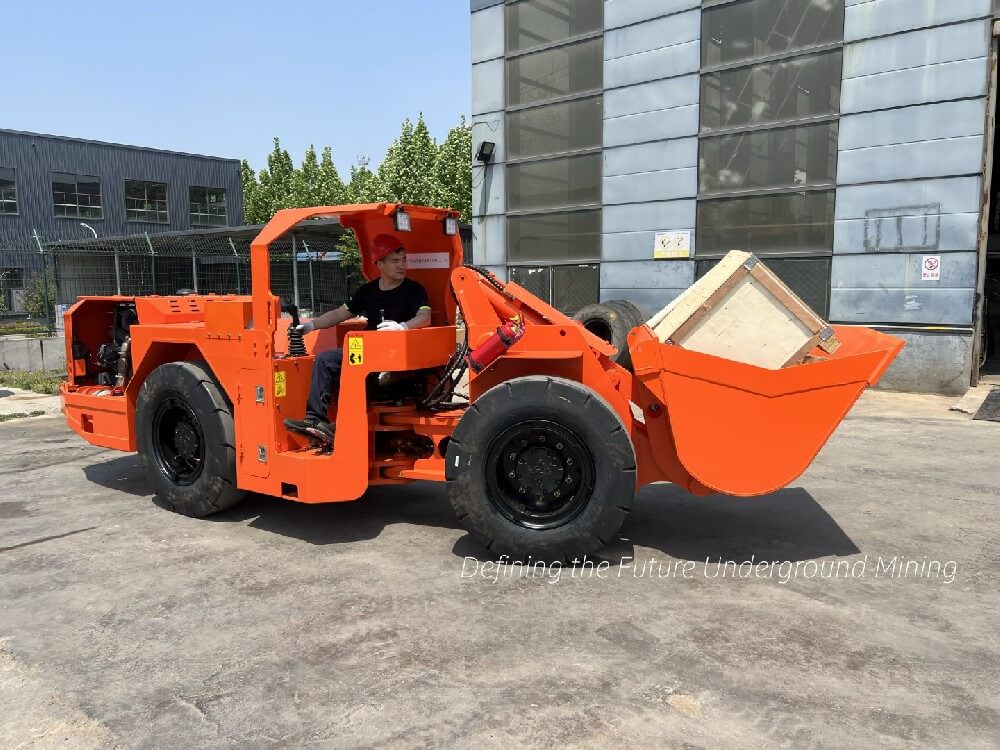
Con más de 12 años dedicados al desarrollo de equipos de minería subterránea, Yantai Chi Hong Machinery Co., Ltd. Se ha convertido en uno de los principales fabricantes de China. Sirven tanto a minas nacionales como a clientes internacionales. Los compradores buscan una fiabilidad robusta combinada con la innovación de vanguardia. Sus puntos de referencia de excelencia de servicio son incomparables a nivel regional en la actualidad.
Su cartera de productos abarca cargadores LHD (0,6-6 m³), camiones vertideros (6-30 toneladas), jumbos de perforación y más. Todos certificados bajo CE de la UE & Normas ISO9001: 2015¡Las huellas de servicio localizadas aseguran una respuesta rápida en cualquier lugar de su sitio a nivel mundial!
Preguntas frecuentes sobre la compra de camiones mineros en 2025
¿Cuál es la vida útil promedio de un camión minero moderno?
Normalmente varía entre 7 y 10 años. Depende de la intensidad de uso & Adherencia a los horarios de mantenimiento preventivo. Proporcionado por OEMs como Yantai Chi Hong Machinery Co., Ltd.
¿Son viables los camiones eléctricos para operaciones a gran escala?
- Sí. - Sí. Modelos como el WJD-4 ofrecen una capacidad de hasta 10 toneladas. Alimentado por motores eléctricos limpios. ¡Ideal incluso en escenarios de transporte exigentes dentro de ejes cerrados!
¿Con qué frecuencia debe someterse un camión a mantenimiento preventivo?
Cada pocos cientos de horas de funcionamiento. Sin embargo, nuestra empresa ofrece cuatro servicios de inspección regulares durante los períodos de garantía. Esto garantiza controles de salud consistentes. Alineado con precisión con las directrices del OEM!

